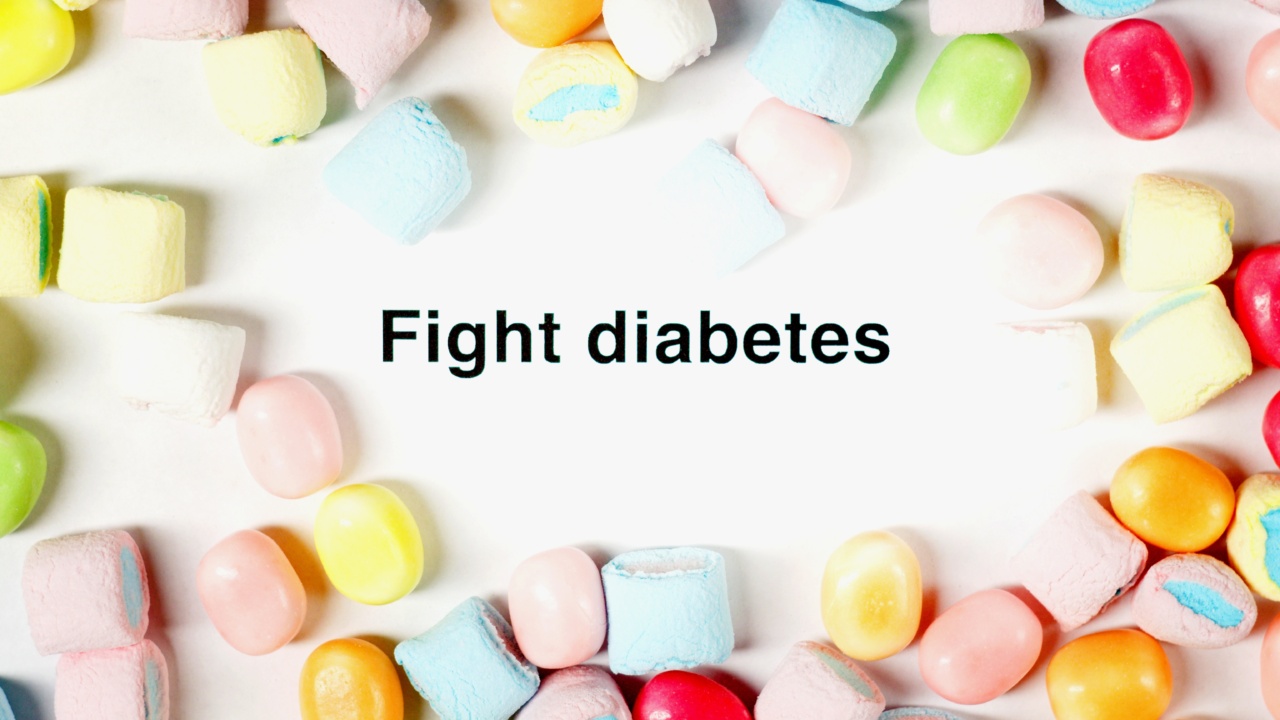Systemic Lupus Erythematosus (SLE) is an autoimmune disease that targets healthy tissues and organs.
This chronic condition is known to cause inflammation, pain, and damage to various parts of the body, including the skin, joints, and organs such as the kidneys, lungs, and heart. Despite being a worldwide health problem, SLE remains a little-understood disease. To raise awareness about this condition, International SLE Awareness Day is annually observed on May 10.
History of International SLE Awareness Day
International SLE Awareness Day first came into existence in 2004. The inaugural observance of this day was a collaborative initiative organized by lupus organizations and advocates from all over the world.
These organizations established a comprehensive campaign to spread the word about SLE and its impact on individuals and families. The aim of the day was and still is to raise awareness of the signs and symptoms of lupus and to encourage early diagnosis and treatment.
The Significance of International SLE Awareness Day
The significance of International SLE Awareness Day lies in the fact that SLE is a widely prevalent yet often misunderstood disease.
Statistics show that around 5 million people across the globe are living with lupus, and approximately 70% of them are women. This chronic condition affects people of all races, ethnicities, and age groups, but it’s more commonly seen in people between the ages of 15 and 44.
As SLE has a wide range of symptoms and can mimic other conditions, it’s often misdiagnosed or diagnosed late. This can lead to increased pain, organ damage, and even death. Therefore, raising awareness about this disease is crucial to provide support, advocacy, and education to those affected by lupus.
Symptoms of SLE
SLE can affect different parts of the body, and symptoms may vary from person to person. However, some common symptoms of SLE include:.
- Fatigue and fever
- Painful or swollen joints and muscles
- Skin rashes, especially around the nose and cheeks
- Hair loss
- Chest pain while breathing deeply
- Photosensitivity (sensitivity to light)
- Mouth sores
- Swollen glands
- Headaches
- Poor circulation in fingers and toes
- Kidney problems
- Extreme tiredness and weakness.
If you have any of these symptoms, make sure to speak with your healthcare provider.
SLE Diagnosis and Treatment
Diagnosing SLE can be challenging, as the symptoms are often vague and can mimic other conditions. However, your doctor may order various tests, such as blood tests, urine tests, or imaging tests, to determine if you have SLE.
Early diagnosis and treatment are essential to prevent organ damage and other complications. Treatment for lupus typically involves medication, lifestyle changes, and routine check-ups with a healthcare provider.
Tips for Coping with SLE
People living with SLE may experience a wide range of physical and emotional challenges. Here are some tips to help you cope with SLE:.
- Take care of yourself through healthy habits, such as eating a balanced diet, getting enough sleep, and regular exercise.
- Find a support system, such as a support group or a therapist, to help you navigate the challenges of living with SLE.
- Monitor your symptoms and keep a symptom journal to help your healthcare provider understand your condition better.
- Avoid excessive sun exposure and use sunscreen with a high SPF to protect your skin from UV rays.
- Ask for help when you need it, and don’t hesitate to share your feelings with those close to you.
How You Can Get Involved with International SLE Awareness Day
There are several ways you can get involved with International SLE Awareness Day to support the cause:.



























